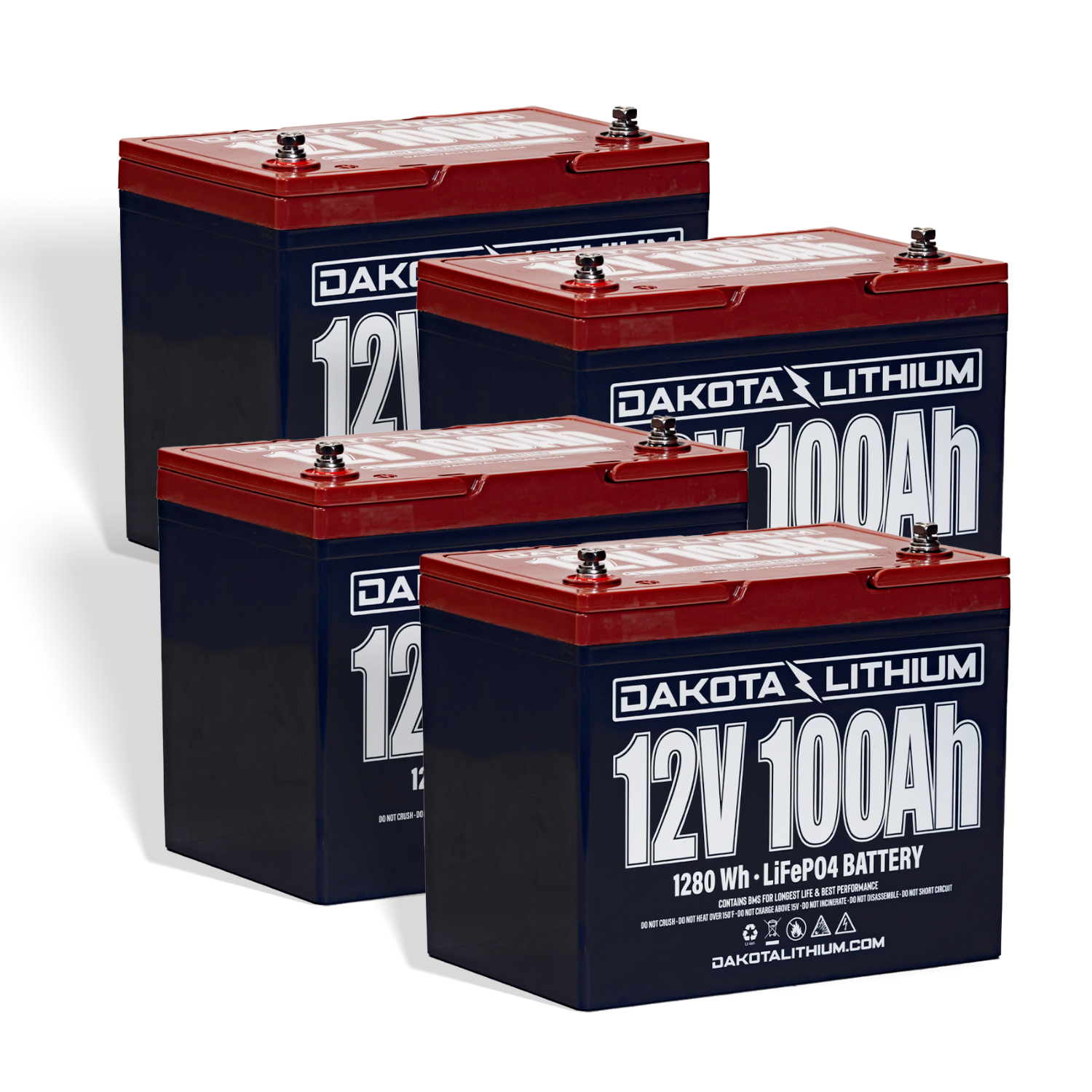I’m Kingrex’s client experimenting with a Goal Zero 1500X, as referenced in the first post. Purchased a Goal Zero after seeing the Enjoy the Music review claiming that a tiny Goal Zero model was sonically equivalent to a Stromtank 2500. I’m not sure if the reviewer had both at the same time to compare or not though.
After years of fighting spells of bad AC power that not only degrades my system but completely ruins the experience, the Goal Zero appears to be the solution. I’ve been floored by the sound I get after midnight and frustrated by how it sounds at dinner time. During some periods I’ve encountered weeks long periods of compressed, distorted, flat (2D), plodding sound - this is not an exaggeration.
Tried numerous conditioners, isolation transformers and upgraded components, and as Rex noted he helped me spec out two dedicated 10AWG 20A lines. All of this made my system sound even better at times that power was great but just made the gap wider and more obvious when it was not.
I have a Puritan 156 with a Network Acoustics Tempus switch, Innuos PhoenixUSB Reclocker, and Mola Mola Tambaqui, and a Zahl HM1 headphone amp / preamp connected to the Puritan, with the Puritan into the Goal Zero. I have an Innuos Zenith Mk3 plugged directly into one of my dedicated 12A lines. I have a Gryphon Essence connected to my second 20A line.
I had to play around with the combinations to get the sound right. All devices into the Puritan into the Goal Zero were a touch lean and clean. But definitely solved for the power issues, with totally consistent performance through the day! This confirmed that my amp was less susceptible to bad power as it was still plugged into the wall.
Not sure why but I get an improved and a seemingly perfect balance plus 95% of the benefits of the Goal Zero when I move my Innuos streamer directly to the wall. So far this is the best setup I’ve tried. VERY happy with the sound like this and “dinner time power”, while noticeable, still sounds great. Sound is detailed, has depth, stable and solid images, great tonal balance, seperation, and it’s musically engaging with great “flow”.
Of note I don’t notice any degradation in sound whatsoever when it’s charging. And I’m VERY sensitive to minor changes typically.
As Rex said the system was a revelation when I connected the Gryphon to it. Could very well be the best sound I’ve ever heard. I expected a loss in dynamics but I couldn’t detect any whatsoever. Sound was up close, personal, large scale, and so natural and inviting. Never heard anything like it.
I was about to ask Rex for a refund for helping with my AC lines now that my system was entirely off grid, when my dreams were shattered. The Goal Zero fan engaged quite often with my power hungry class A Gryphon connected to it. The fan is loud, but it only stays on for 30s or so at a time.
So, I will stick with my front end gear connected to the Puritan and to the GZ for now, and the Innuos streamer and Gryphon amp connected direct to the wall. The fan still engages but only for 30s once every few hours.
I’m happy. Been chasing this issue for years! Will eventually try the components to a power distributor without filtration in place of the Puritan to the GZ to test the effect of the Puritan and whether it is additive or not.
I know you can get further with batteries and an inverter but this is convenient, it solves my problem, it sounds great and it fits my space.







